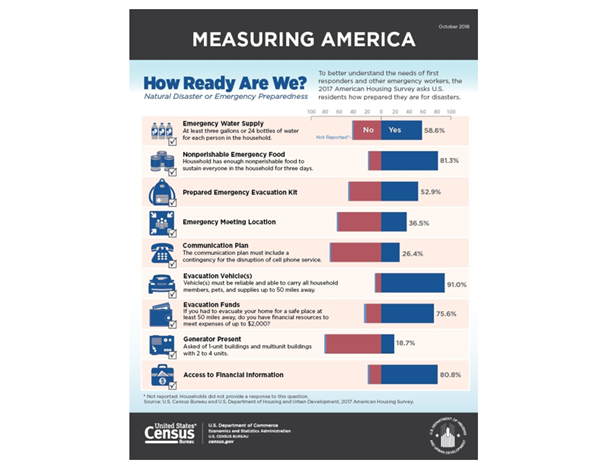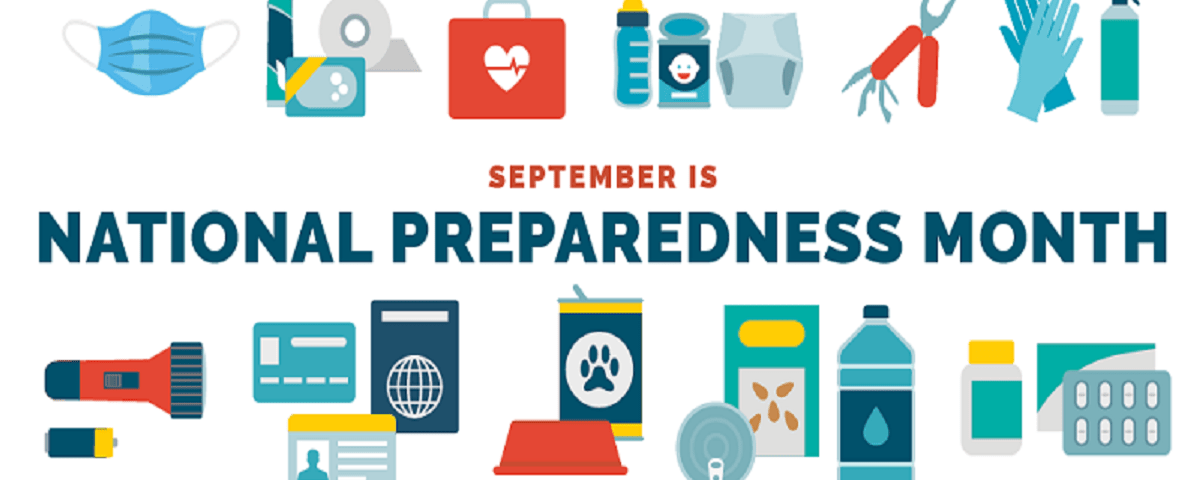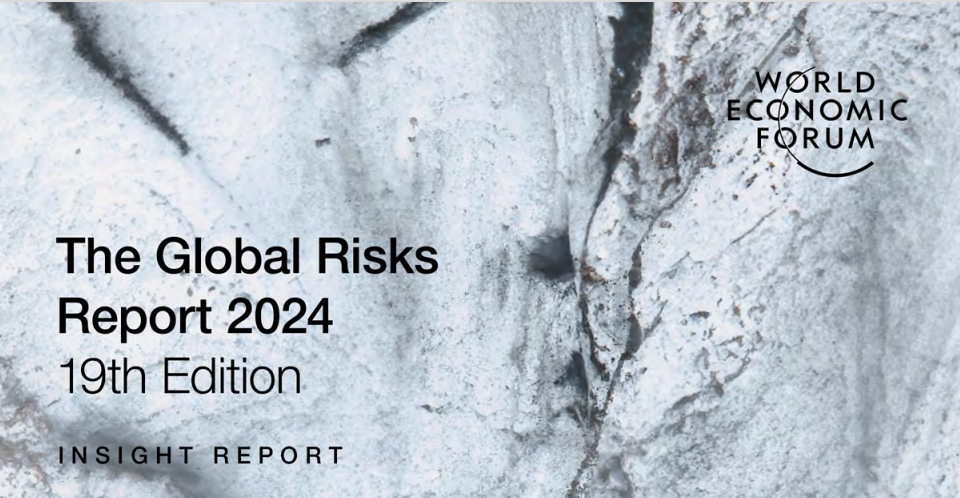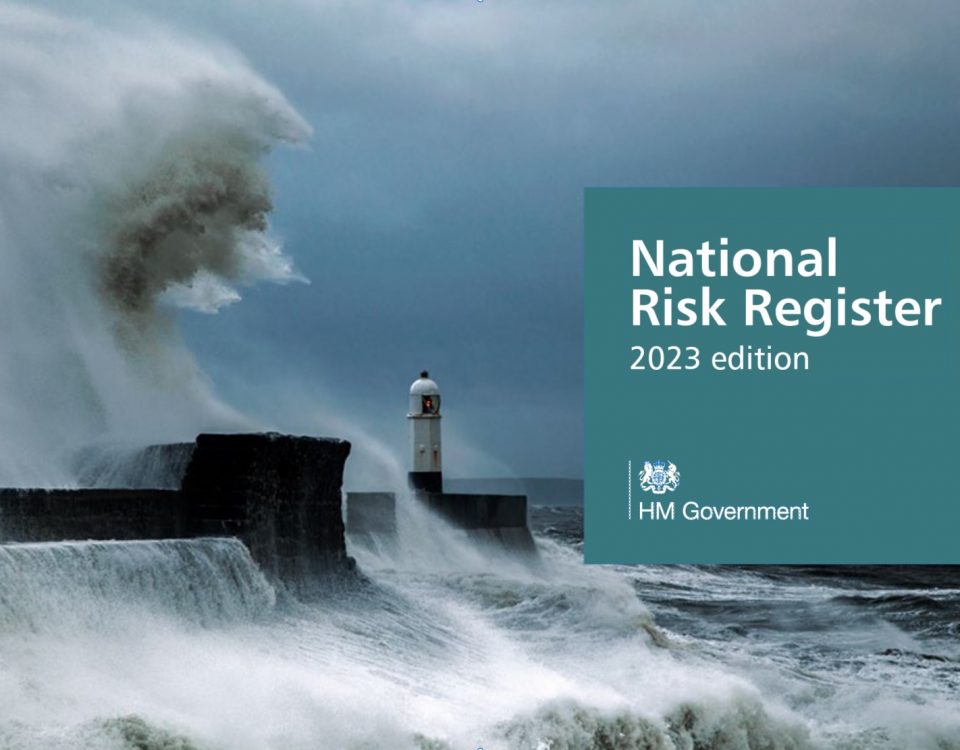National Preparedness Month

Understanding ISO 22301
12th July 2021
Supply Chains Failing
3rd November 2021September is National Preparedness Month in America – a period devoted to planning ahead to prevent disasters. With the US historically more vulnerable to certain types of issue – in particular extreme weather – this has become a key part of the US calendar.
As President Biden put it last week, in advance of National Preparedness Month, “Becoming more disaster-resilient as a country – and more prepared as a people – is essential for our continued strength and security.” He pointed out the raft of environmental challenges faced in this US this year, before you even begin to look at the ongoing impact of COVID-19.
The infographic below is from the communications around a previous National Preparedness Month, and a calendar of events for September 2021 can be found here. The month is roughly broken into four stages, each about a week long: making a plan, building a kit, preparing for a disaster and teaching the youth.

Meanwhile the site Ready.Gov hosts a range of videos and resources. This includes a library of free publications – such as templates for a family supply list and an emergency family plan. And there is even a set of off-the-shelf social media toolkits, to help spread the message during a crisis. Elsewhere there are blogs on particular issues – such as this one, on preparedness for a hurricane.
What is particularly interesting here is the focus on individual actions and responsibilities. The Ready.Gov resources, for instance, essentially encourage each family to create their own, scaled-down Business Continuity Plan. This is quite an undertaking, but with the backing of key government departments and communications channels, it seems to have some significant cut-through.
The European context is different, in terms both of risk types and of threat levels. But there is still plenty to be taken from National Preparedness Month, in terms of how an ethos and a culture is embedded.




